5 Principles of Design & How to Incorporate Them Into Your Home

Today, we are discussing the key components that a designer uses to create beautiful, luxurious spaces.
If you've ever looked through magazines or social media, or even been to a friend's house and thought to yourself, I can tell a designer has been here, and wondered what the difference is between doing it yourself and having a designer's touch, I'm gonna share some of the principles of design that we use today.
Principles of design
Principles of design
What are the principles of design? Basically, they are the rules of home design that professionals and nonprofessionals alike follow in order to create the perfect spaces.
Whether they know it or not, nonprofessionals are intuitively following the 5 design principles that help make a room more beautiful. So today, we're going to break down what those elements are.
1. Balance
Balance is the first of the 5 elements and principles of design that I’ll be sharing with you today. Balance can be divided into three components, symmetrical, asymmetrical, and radial. So what does that mean?
Symmetrical balance
If you take a room and divide it in half, to get a symmetrical balance would mean that you would mirror one side of that room with the other. For example, here in my dining room, you can see the opening that I am sitting in front of is perfectly balanced on either side by a symmetrical furniture arrangement.
Asymmetrical balance
Asymmetrical balance is when the two sides of those halves are no longer a mirror image, but rather they are balanced with weight. For example, you might have a sofa on one side balanced on the other with two chairs of equal visual weight.
Balance can also be achieved where you have a fireplace, for example, in the middle with a window to one side. We would balance the other side with a mirror or picture that would be a similar size to the window, and then that would create visual balance for us. So that would be an example of asymmetrical design.
Radial balance
Our third balance would be radial balance. So this is where we now take the center point of the room and we radiate our furniture out from there. For example, a round table would be part of our radial balance. We would balance that with chairs all around. Now we could also do an asymmetrical radial where we have a bench on one side and then chairs on the other.
Balance through color
Another way to achieve balance is through color. Many designers follow the 60, 30, 10 rule. So what does that mean? Sixty percent of your color will be your primary choice, 30% will be a secondary color, and then 10% would be an additional accent color. Remember, your floors, the wood tones, your walls, and your furniture, all play in and factor into your color balance.
When you are looking to do a room, there are lots of factors to consider with balance. Some of them also include varying your heights. You want a balance of high and low. Your textures, you want a balance of smooth versus shiny. Also consider shapes. You want a balance, again, of round versus straight lines and angular. And then you want to balance the visual weight.
2. Rhythm
The next element on our list of home design principles, and arguably one of the most important, is rhythm. Rhythm is what takes the eye around a room and picks up on all the visual interest. It is a repetition of color, texture, shapes, and patterns that keeps the eye moving around the room and unifies one room to another.
Some examples of rhythm would be archways in your home. Creating a curved archway and taking that throughout the home keeps the eye moving from room to room. Also, taking a color from your piece of art and bringing that into pillows or your area rug keeps the eye moving around the room.
This can also be done with the gradation of size or patterns, starting from large to small in your accessories, for example, or in your pillows. The principle of contrast is what adds excitement and interest to a room.
If a room was done with all the same textures or all the same colors, the room would seem very flat. So we wanna bring in a contrast in order to give some yin and yang to a room.
3. Proportion
The third design principle is proportion. Proportion is how the furniture fits into the size of the room. When we are discussing proportion, we are looking at the size of the room. Bigger pieces of furniture should be in bigger rooms.
If you have a ceiling with a low height, you're going to consider using sofas that are more low-slung and also lighter in visual weight.
4. Scale
Scale is how the furniture relates to other pieces of furniture. We often talk about the golden ratio in interior design. This is where we use the rule of 2/3. So if you have a wall, your sofa should be 2/3 the size of that wall. The artwork above it should be 2/3 the size of the length of that sofa. And your coffee table should be 2/3 the size of the length of your sofa.
5. Contrast
The principle of contrast is what adds excitement and interest into a room. If a room was done with all the same textures or all the same color, the room would seem very flat. So we wanna bring in a contrast in order to give some yin and yang to a room.
Elements and principles of design
These are the 5 principles of design. I encourage you to study some of the pictures you've been admiring and see where these principles apply. And if it's what drew your eye to the picture to begin with. In small doses, start looking at your room and bringing in these principles. I guarantee you, you too can have a room that looks designer-ready.
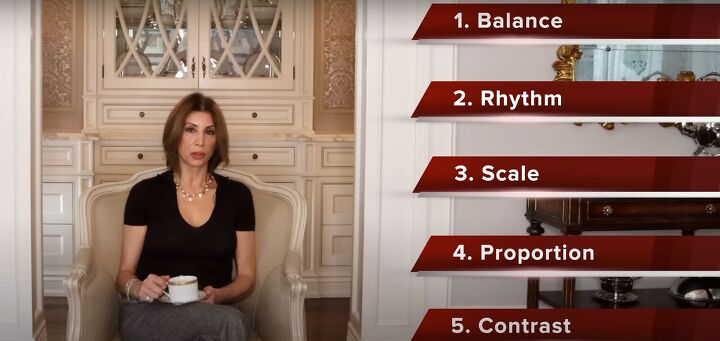










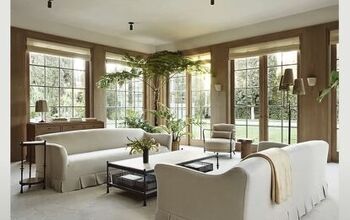
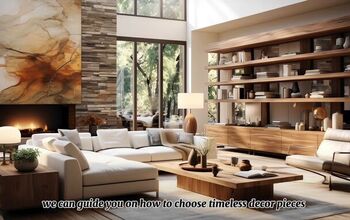

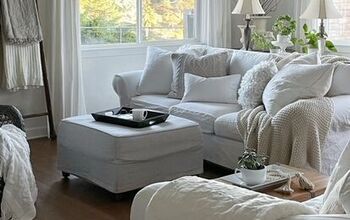
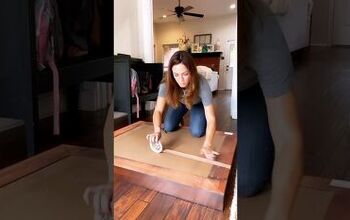

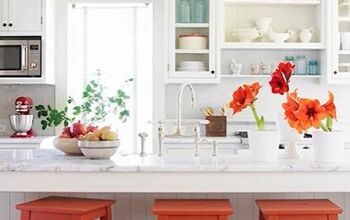






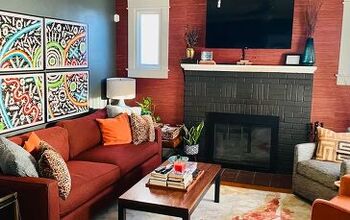

Comments
Join the conversation